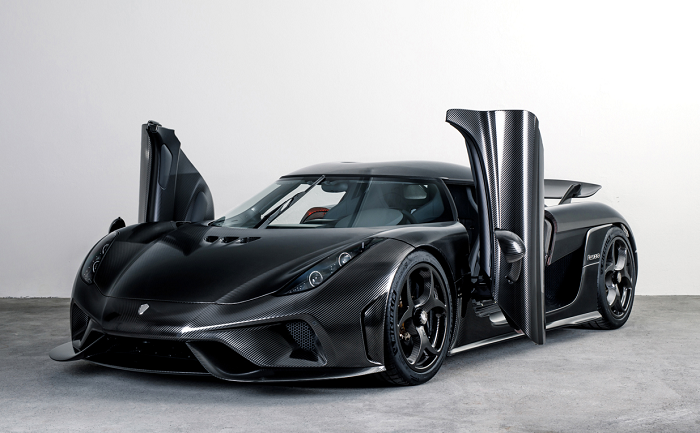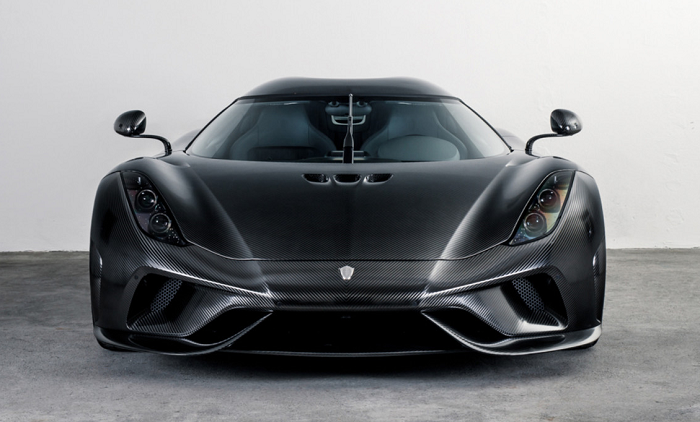You are undoubtedly familiar with carbon fiber materials. Developed decades ago, carbon fiber is a miracle material; it is literally stronger than steel and is a fraction of the weight. The basis of the material is thin, crystalline filaments of carbon which gets its real strength when it is twisted together like yarn, woven into a cloth and impregnated with resin. On top of being just strong, carbon fiber is high in stiffness, has a low weight to strength ratio and is high in chemical resistance. Because of this, the material is very popular in many high performance industries such as aerospace, automotive and military applications.
Koenigsegg Naked Carbon
Koenigsegg, the Swedish supercar manufacturer, developed a special version of carbon fiber material years ago and named it Koenigsegg Naked Carbon (KNC). KNC involves no lacquer, varnish or alternative coating being used on top of the carbon surface. The thin layer of epoxy that normally covers a cured carbon piece is carefully removed by hand polishing. Its not entirely new, says our local Koenigsegg dealer, Warren Henry Auto, as Koenigsegg has been perfecting the KNC method over several years, applying it to parts such as wheels, wings, splitters, winglets and steering wheels, with great effect.
Now Naked Cars

Koenigsegg considered expanding their remarkable carbon fiber material to the construction of actual body panels for years but much research needed to be done. Samples were exposed to summer heat and direct sun, as well as winter wet and cold. Parts were kept outside for several years in order to make sure the elements did not negatively affect the material’s surface or substrate. Naturally, during this time, continuous fine tuning of the material and it’s construction occurred.
When the engineers at Koenigsegg were satisfied, the KNG material was applied to the construction of body panels. Koenigsegg says the process is extremely sensitive process. The top surface of the material is hand-removed and one stroke too many can expose the visible weave structure underneath the thin epoxy layer.
The end result is a striking new look for carbon fiber. The body of a KNG car panel is becomes cold to the touch as the material is pure carbon, instead of an insulating epoxy or lacquer layer with carbon underneath. The sheen takes on a more metallic graphite appearance as each graphite strand is now fully exposed.
Two Methods
KNG-constructed parts are finished in one of three different ways at Koenigsegg. First, for customers that want specific body colors, the exterior panels are hand sanded and then painted with a custom color and a clear coat. Some customers, however, prefer the natural KNG look and these customers will receive a car with a KNG hand-sanded body and a clear coat. A third process occurs under the hood where Some KNG parts have their epoxy layer just polished.
The first KNG Regera
Christian von Koenigsegg, Koenigsegg’s CEO, told us that the first KNG Koenigsegg Regera was recently delivered to a Swedish customer.


Comments are closed.